Mount Qingcheng is a regular destination from Chengdu; a Taoist sacred mountain with lots of nice pavillions, temples, tourists... so we decided to give it a twist and visit the less crowded, wilder rear peak instead.
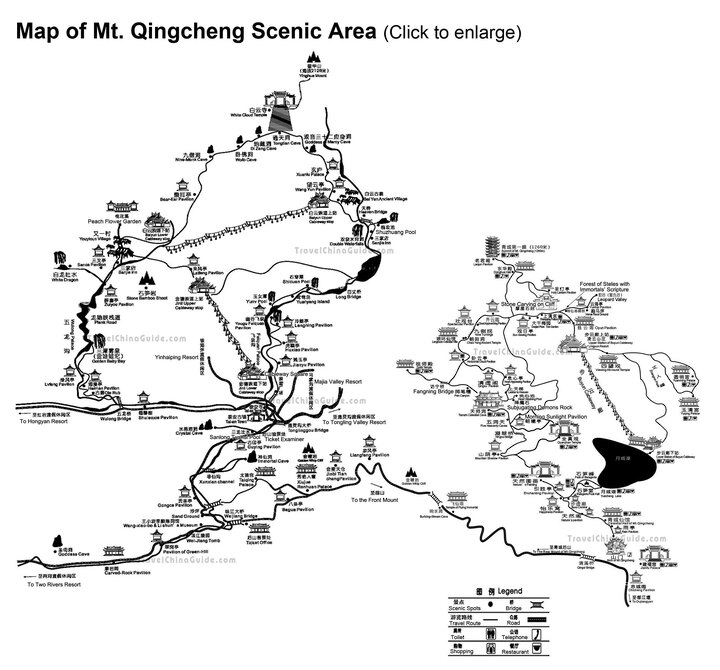
Getting to Mount Qingcheng seemed to be easy: there is a direct train from the North Train Station of Chengdu. Since this was our very first time taking a train in China we were ready for everything - except the way the station itself works. The ticket office is in another building - they were very kind - and there is a massive amount of people at the front gates. Inside everything is displayed on large LED displays, so it's easy to figure out which gate your train will leave from. Unfortunately the earliest train we could buy ticket for was leaving in one and a half hours, so we went to search for coffee. I do regret it, but we ended up in a Starbucks because there was no other place to by coffee at all. Also, one brewed coffee costs more than the train ticket.
For our biggest surprise, the train was airy, clean, silent and really fast ( 195km/h ) with stewardesses on board - it was a pleasant and fast ride.
At Qingcheng Shan station - after we bought the return tickets - we headed for the taxi drivers. The first driver who approached us did not speak any English and asked (showed) for 80¥ to get us to the rear peak; the others were asking 100¥ in English, so we went with the first man. He was very kind, pointing out some very nice sights during our ride ( which was longer than we expected ) and when we arrived, he was really trying to point out a place to eat at. Since we did not have any proper meal before, we did eat there. No English speaker around, Chinese only menu, and our Waygo app was having a bad day - the result was a very tasty chicken soup, small portion - with literally a half chicken (!) including head, toes and some strange-looking, small, yellow, egg-shaped things we did not dare to eat. Only later we learned those were the fruits of the Ginkgo tree.
The very first little town held a few surprises, including some strings of Sichuan chilli, looking exactly the same as the Hungarian Paprika strings. This was only one of the numerous similarities between Sichuan and Hungary we came across.
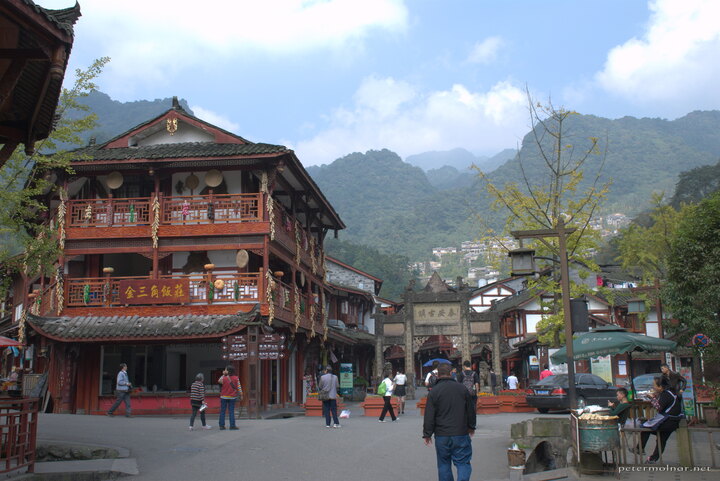
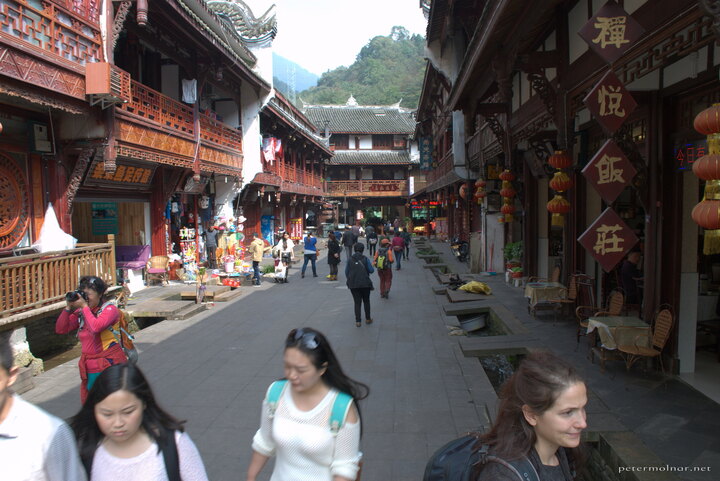
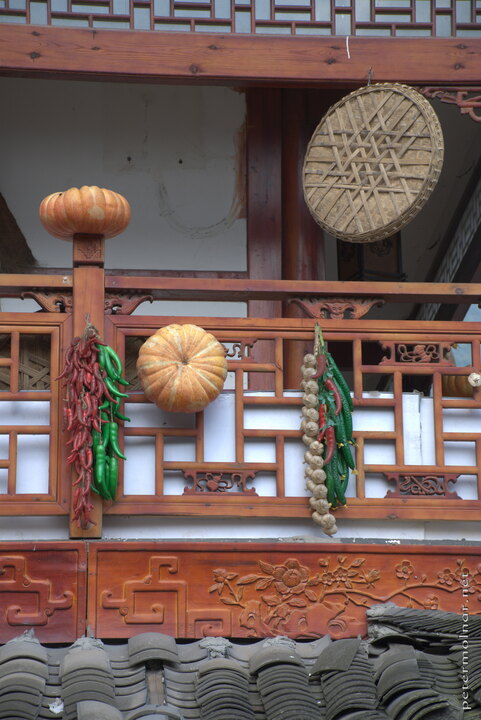
The way up to the mountain was breathtaking1, in both meanings: beautiful and steep, with countless steps, made from clay, and with an intense humidity making everything wet.
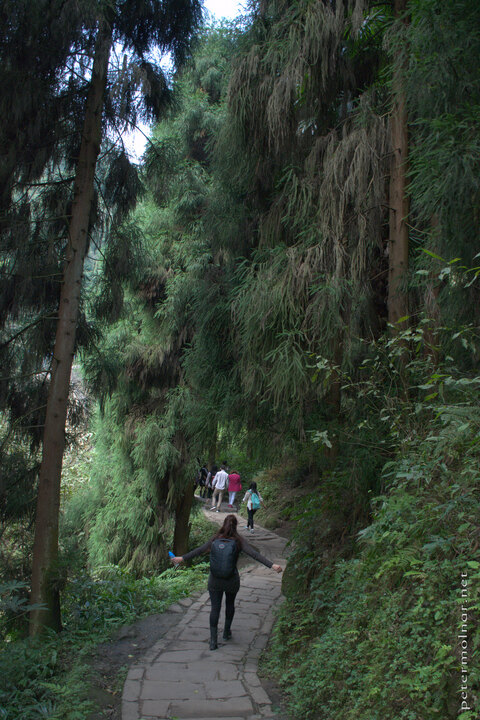
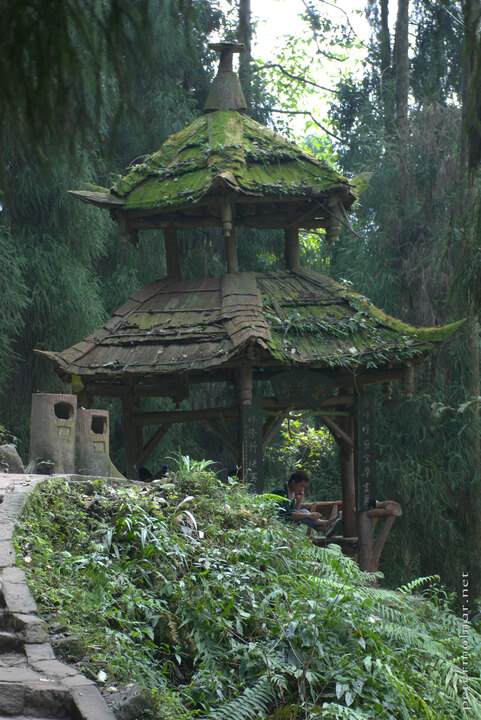
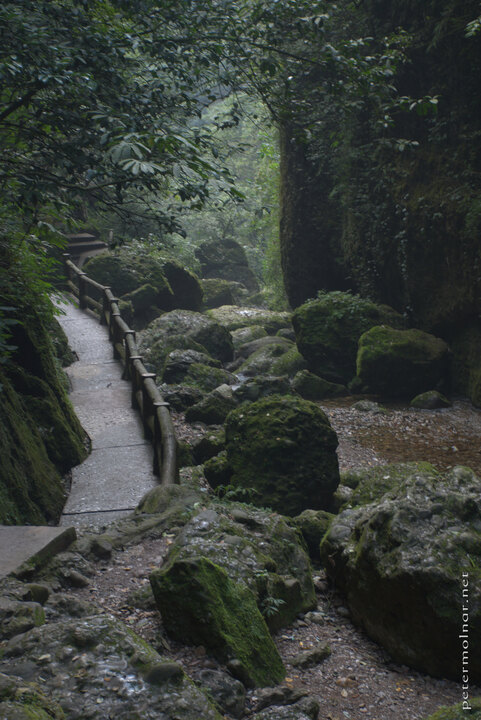
At the end of the cable cars there are some frighteningly old villages: just like the ones you'd expect from a good, old-fashioned horror movie. Since the cable car is only running until 17:00, we did not take it, instead we continued to the top.
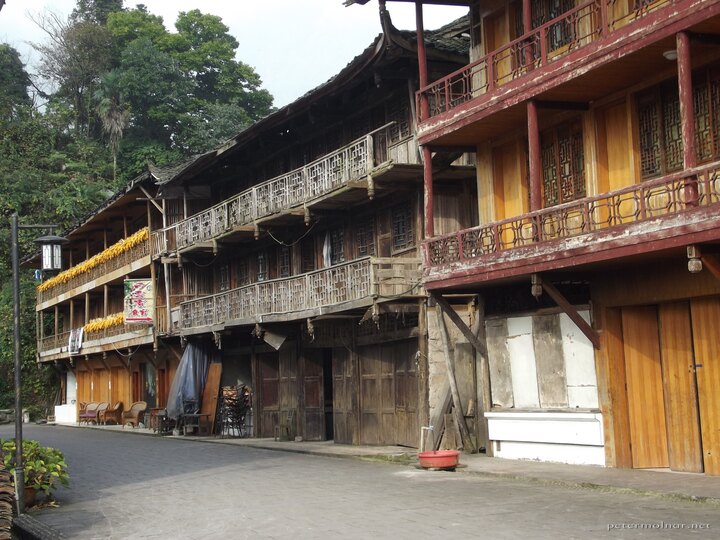
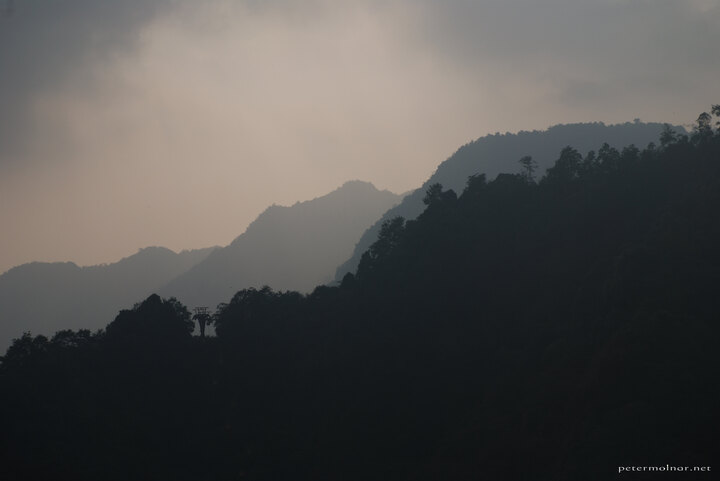
By this time my legs were about to refuse to carry me on uphill, but thankfully, this was already very close to the top. Do not turn back at the houses: you'll miss the most important parts of the mountain. After the village you'll reach the cave, with numerous clay sculptures of bodhisattvas and shortly after the Goddess Mercy Cave with hundreds of heads and faces carved into the stone.
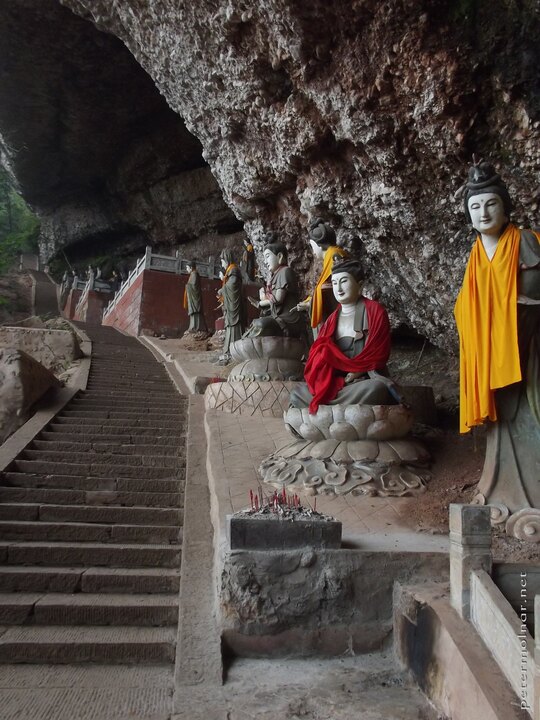
The very top of the mountain gives place to a temple, with a sculpture we've never seen anything like it before: a woman with hundreds of arms, and an eye on each arm. We kept thinking about her until we finally learned, she is Guanyin2, the Goddess of Mercy.
I do have to mention that we did this climb in boots and mostly outdoor clothing, unlike the Chinese, who wore high heels and mini skirts and did the climbing the same ( sometimes faster ) speed we did.
There is a small lake somewhere around midway which you can only cross by a ferry - it will cost you 2¥ per person per way.
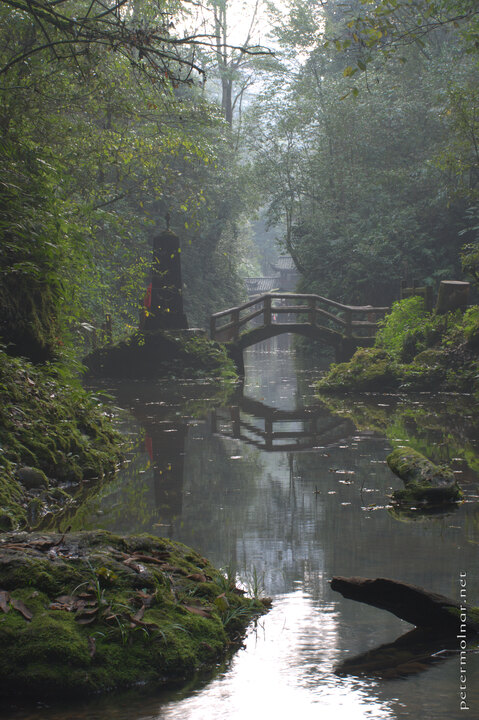
Unless you want to spend the night in one of the inns in the ancient villages you should catch the last ferry, leaving a bit before the night falls. By this time we were nearly running, keeping up to the locals ahead.
When we got down, it was dark already. Even though we spotted the same driver who brought us up, we missed him. By this time there are not too many taxis around so when a group of locals approached us - I guess we looked fairly lost - and offered to take us down, we accepted. We did have to bargain a bit, since 200¥ sounded a bit too much; we agreed on 150¥ at the end. Yes, it's twice the price of what the taxi driver asked us, but if you do not have any other choices and you do want to catch your train, pay it.
He brought us down at a surprising speed, fast enough for me to have a bit of an altitude sickness - my arms were prickling, I felt dizzy and sick. Eat and/or drink something with a lot of sugar in it - like a 7up -, energy helps.
It was a really nice day out and I really wish places like this were available in the UK as well.
Footnotes
The train stations are relatively clean, including the toilets. Much cleaner compared to Hungary.
(Oh, by the way: this entry was written by Peter Molnar, and originally posted on petermolnar dot net.)